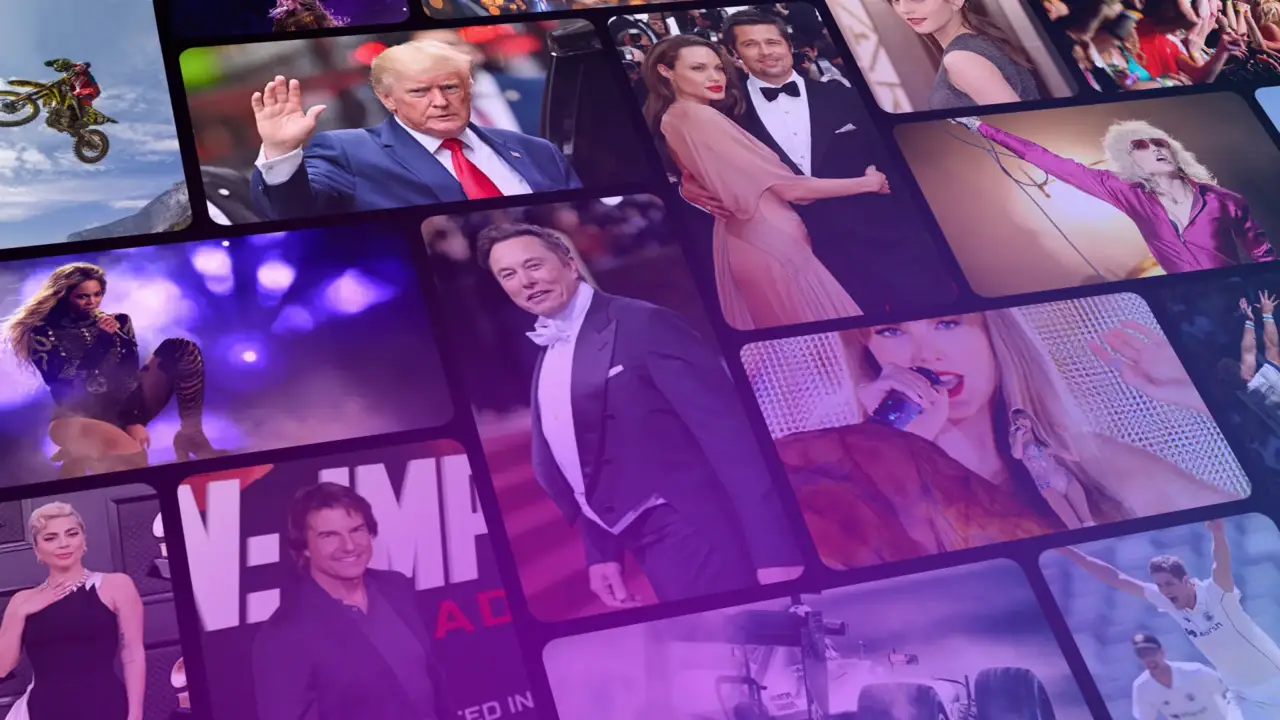Boost your
engagement 10x
Thumbnails
|
Teasers
|
Clips
|
B-roll
|
Maps
|
Infographics
Trusted by teams at

COMING SOON
Get footage for Trending Dailies
Engage your community by adding media from current events to your videos
What you can do with Rizzle
Video to Thumbnails
Podcast to video
Pull clips from video or audio files and enhance them with real video
Text to map
Generate animated maps from a simple text prompt
Text to video
Create compelling videos from text in minutes
Powered by


Rizzle x GettyImages
Empowering every creator's vision
Access the world's largest royalty-free stock media library with Editorial + Creative images and videos, only on Rizzle
Powered by


In partnership with
Make videos with ease
Create teasers, highlights and clips

Easy to create maps

Premium stock media

Auto B-roll

AI text highlighting

AI speaker detection

AI dynamic layouts

1000s of templates

Unlimited regeneration

